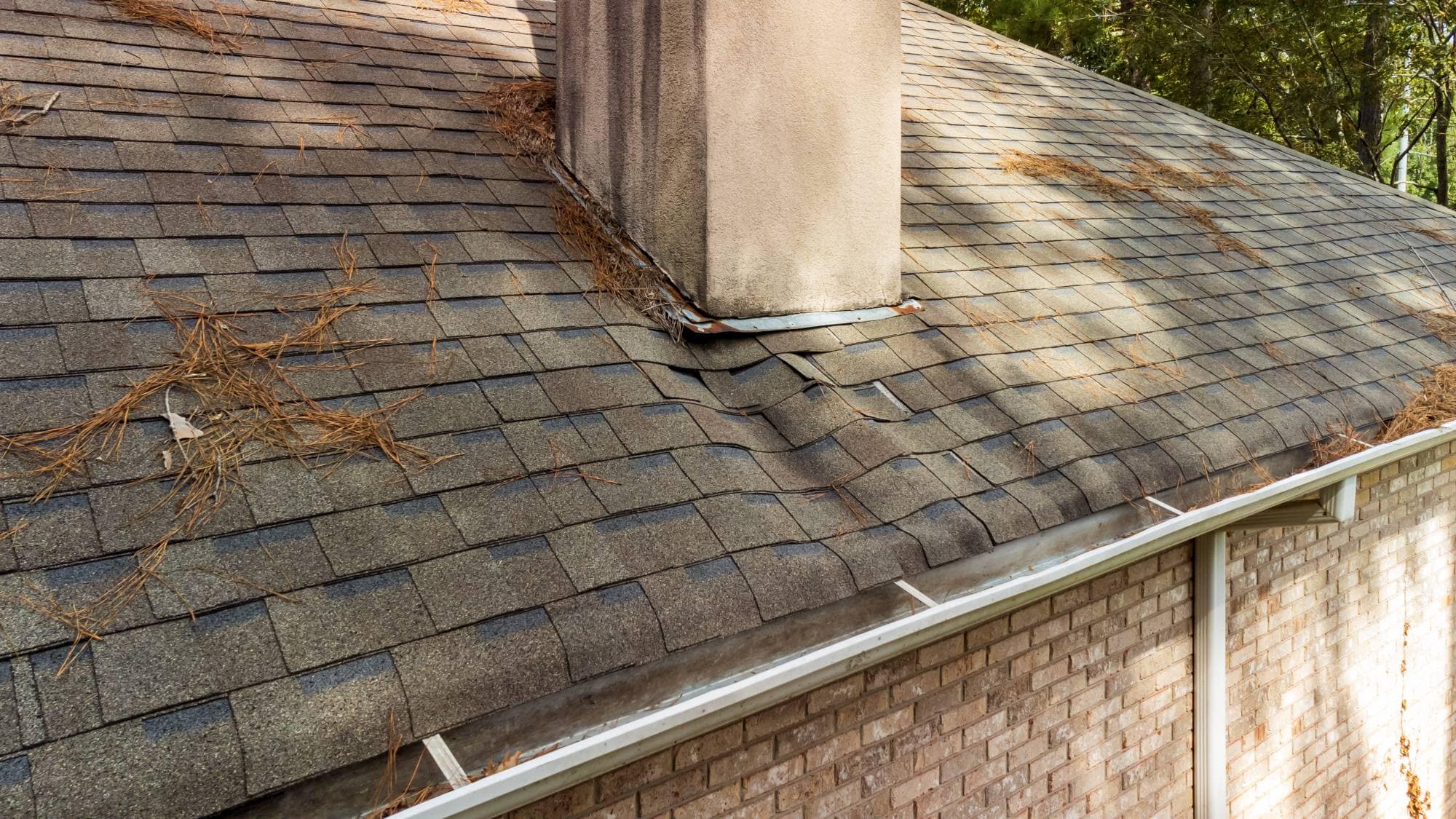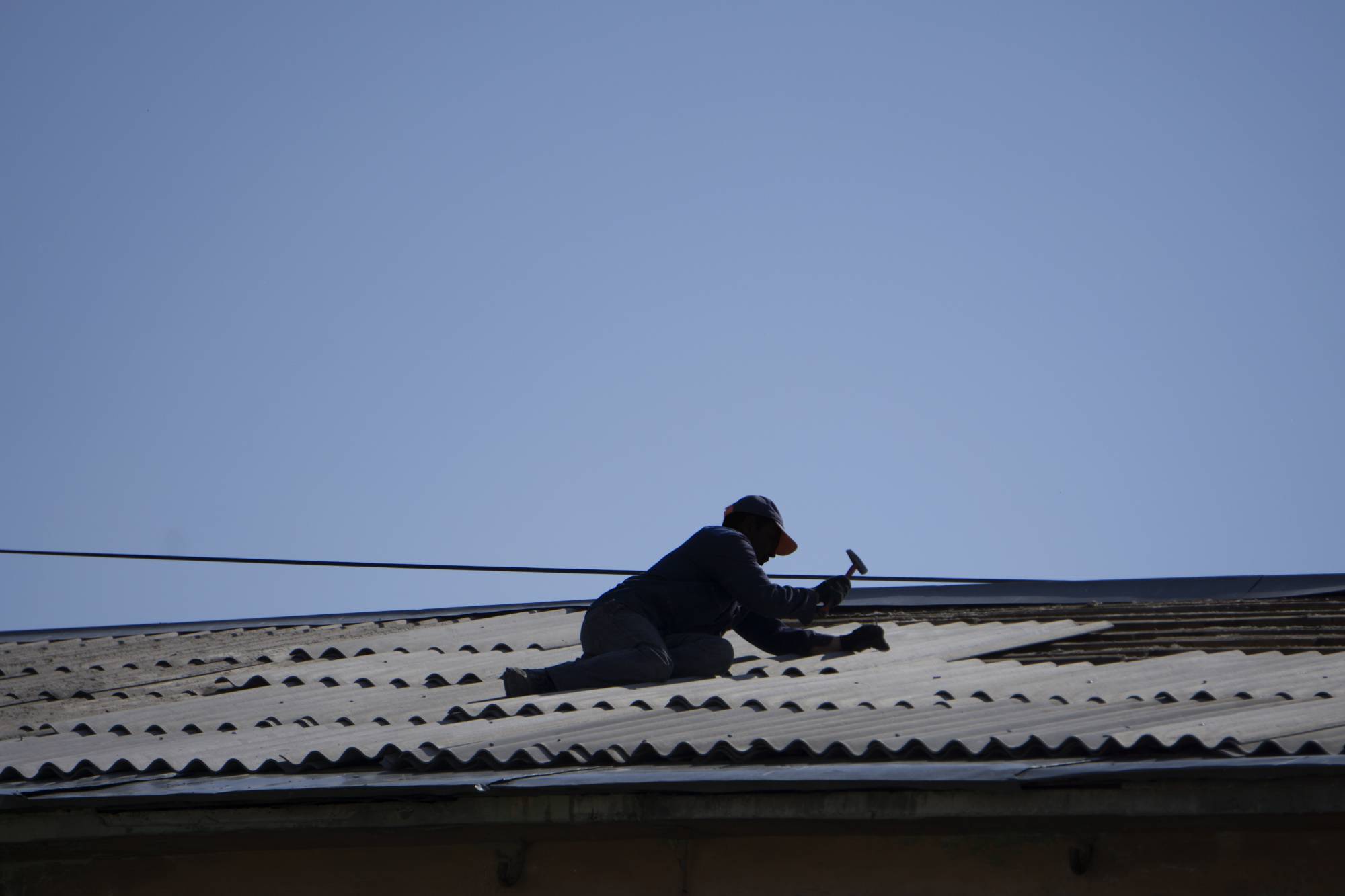First, we conduct a thorough assessment of your chimney’s exterior, checking the crown, masonry, mortar joints, and especially the flashing where most leaks start. We pinpoint exactly where water is getting in—not just where you see the damage. Next, we execute the necessary chimney leak repair using high-grade materials designed for northeastern weather. This might involve replacing compromised flashing with durable sheet metal and sealants, applying breathable masonry water repellent, or repairing crown cracks with appropriate materials. Finally, we test our work to ensure the repair will hold up against Central Falls’ challenging weather conditions. You get a solution that lasts, not a temporary fix that fails next season.




